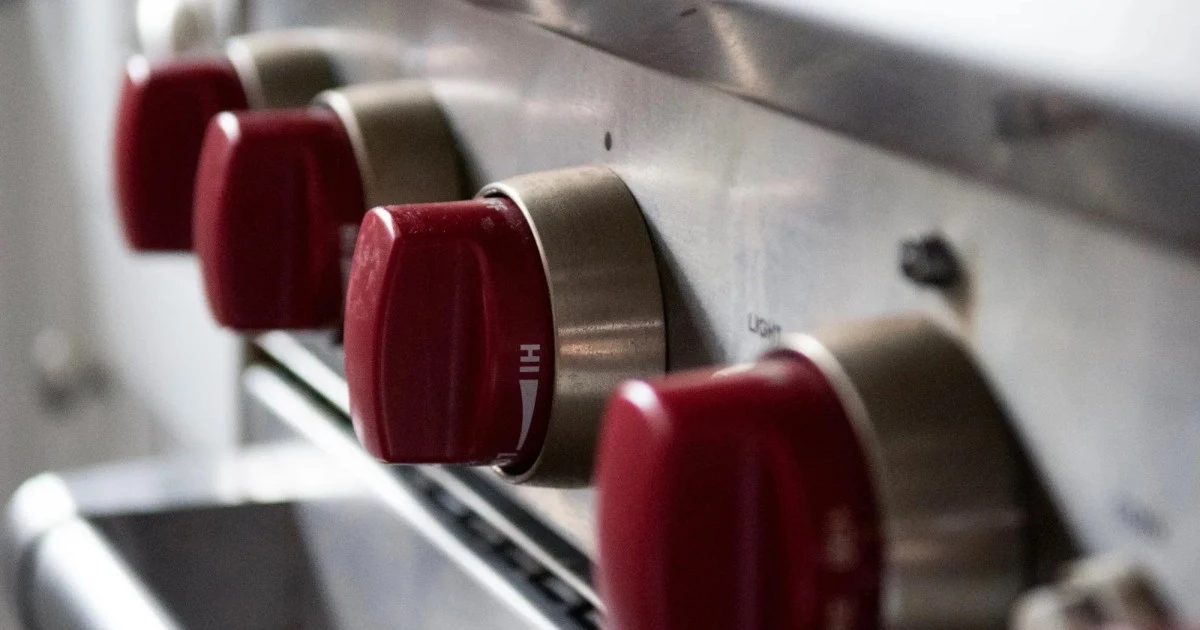Highlights: A study this summer found that using a single gas stove burner on high can raise levels of cancer-causing benzene above what’s been observed from secondhand smoke.
A new investigation by NPR and the Climate Investigations Center found that the gas industry tried to downplay the health risks of gas stoves for decades, turning to many of the same public-relations tactics the tobacco industry used to cover up the risks of smoking. Gas utilities even hired some of the same PR firms and scientists that Big Tobacco did.
Earlier this year, an investigation from DeSmog showed that the industry understood the hazards of gas appliances as far back as the 1970s and concealed what they knew from the public.
It’s a strategy that goes back as far back as 1972, according to the most recent investigation. That year, the gas industry got advice from Richard Darrow, who helped manufacture controversy around the health effects of smoking as the lead for tobacco accounts at the public relations firm Hill + Knowlton. At an American Gas Association conference, Darrow told utilities they needed to respond to claims that gas appliances were polluting homes and shape the narrative around the issue before critics got the chance. Scientists were starting to discover that exposure to nitrogen dioxide—a pollutant emitted by gas stoves—was linked to respiratory illnesses. So Darrow advised utilities to “mount the massive, consistent, long-range public relations programs necessary to cope with the problems.”
These studies didn’t just confuse the public, but also the federal government. When the Environmental Protection Agency assessed the health effects of nitrogen dioxide pollution in 1982, its review included five studies finding no evidence of problems—four of which were funded by the gas industry, the Climate Investigations Center recently uncovered.
Karen Harbert, the American Gas Association’s CEO, acknowledged that the gas industry has “collaborated” with researchers to “inform and educate regulators about the safety of gas cooking appliances.” Harbert claimed that the available science “does not provide sufficient or consistent evidence demonstrating chronic health hazards from natural gas ranges”—a line that should sound familiar by now.



I always blame my tools when I have no experience using them.
They’re different. You’ll be fine.
I do have experience with gas, induction, and traditional electric and can say with confidence that cooking on traditional electric sucks ass. Induction is good though and I’d say it’s on par with gas if you have the right pans.
I’d miss my heirloom cast irons hah
Cast iron works fine on induction though
You scratching that across that glass?
Also you can’t lift it.
Fully agree induction is great for 95% of needs.
My ideal kitchen would have both (and does lol), with a big vent and a big window.
Maybe. And typically I don’t lift a pan that’s cooking, even on gas.
Cast iron is perfectly fine on induction. And no you wont scratch the glass with it. And yes you can lift it.
You absolutely can, I’ve done it to my own. There are countless articles and videos showing you can use it, but should be careful.
If you lift it out of the induction field you lose the heating.
For these reasons it isn’t ideal and other pans, with a stationary cooking style are preferred on glass.
Resistance electric stoves can only get to about 1600 degrees. Gas stoves get to well over 3400. You can’t get a good a sear out of resistance electric, and water takes forever to boil.
My next stove is going to be induction, though I will have a propane burner for when I really need to char something.
And I’m sure you’ll be horrified to know that I have a charcoal grill like some kind of caveman.
You use the charcoal grill outside where the fumes easily disperse. A gas stove releases the pollution directly into your living space, where it hangs around. They’re not comparable.